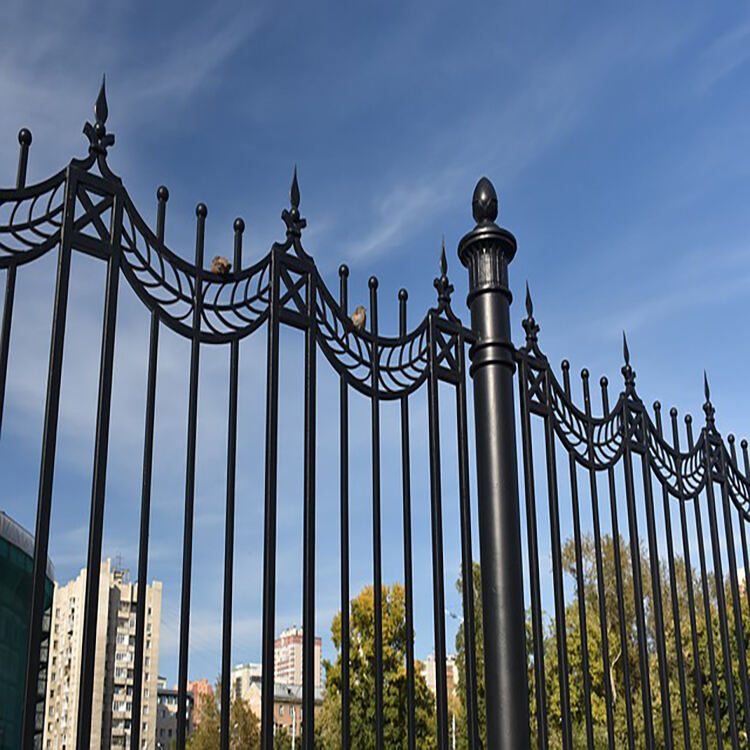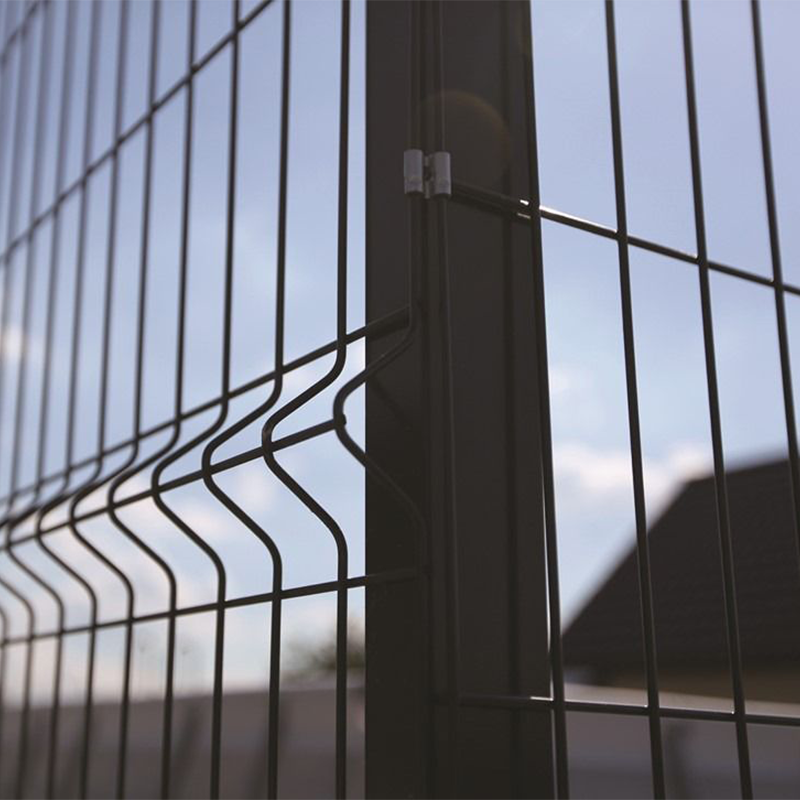Permit Requirements and Regulations for Temporary Fences
Understanding Local Zoning Laws
Before installing a temporary fence, understanding local zoning laws is crucial. These regulations, which govern aspects like height limits, placement restrictions, and allowable duration, can vary significantly from one locale to another. Therefore, it is advisable to research using municipal websites or consult local planning departments for precise guidelines. Additionally, seeking advice from construction companies experienced in navigating these laws can be beneficial. For instance, common challenges often include restrictions on fence height or requirements for setbacks from roads and neighboring properties, impacting project timelines and costs.
When Do You Need a Temporary Fence Permit?
Permits for temporary fences are often required in specific scenarios such as construction sites and public events. These permits ensure compliance with safety and aesthetic standards set by local authorities. However, there are conditions under which these permits might not be necessary. For instance, private residential projects may sometimes be exempt. An analysis of local regulations can provide clarity on this matter. According to some reports, a significant percentage of contractors have encountered issues due to non-compliance, underscoring the importance of adhering to permit requirements.
Critical Area Compliance for Portable Fences
When placing portable fences in areas designated as critical, such as wetlands or historical sites, specific environmental regulations must be considered. Compliance may require additional permits or inspections that align with guidelines set by local environmental protection agencies. Successful compliance ensures that fences do not disrupt sensitive ecosystems or compromise historic integrity. Case studies, such as a construction project near a wetland that appropriately adhered to all environmental guidelines, illustrate the importance of following these regulations. Conversely, failure to comply can lead to significant fines and project delays.
Step-by-Step Installation of Temporary Fence Panels
Site Preparation and Ground Stability
Preparing the site is the first crucial step in installing temporary fence panels. Proper site preparation involves clearing any debris and assessing soil conditions to ensure ground stability. Moisture levels and soil compaction must be evaluated using tools like moisture meters and soil compaction testers to ensure the fence remains upright. Once the site is clear, leveling the ground is essential to set accurate boundaries and mark installation points. Use markers or stakes to trace out the fence line, preventing any mistakes during installation.
Assembling Chain Link Fence Components
To assemble chain link fence panels efficiently, you'll need the right tools and materials such as tensioning tools, poles, and securing devices. Begin by connecting the chain link fabric to the support poles, ensuring the fabric is taut and stable. Fitting the poles requires meticulous attention; poles should be driven into the ground securely to anchor the fence effectively. Illustrative diagrams can guide you through the process by visually outlining each step, from tensioning the fabric to fitting poles, ensuring comprehensive understanding.
Securing Panels for Wind Resistance
Securing the temporary fence panels against wind is vital to maintain their position during adverse weather conditions. Techniques include anchoring panels with robust stakes and weights, especially in areas prone to high winds. Wind-related incidents, such as fences toppling, emphasize the need for secure installations. Conduct periodic checks on the integrity of the panels, looking for any signs of movement or instability, which helps in maintaining fence stability long-term. Regular maintenance can prevent fence displacement and ensure the continued safety of the enclosed area.
Safety Standards for Construction Site Fencing
Height and Perforation Requirements
Minimum height requirements for temporary fences are crucial in ensuring the safety of a construction site. These standards, often influenced by regulatory bodies like OSHA, dictate that fences should typically be at least 6 feet tall to prevent unauthorized access and protect passersby from potential hazards. Perforations in fencing design serve a dual purpose: they allow visibility while maintaining security, ensuring that onlookers can see into the site without having access. This transparency is vital in case emergency responders need a clear view of the site to assess situations quickly. Industry organizations like OSHA and local safety commissions regularly update these requirements to conform with modern safety norms.
Anti-Climb Design Specifications
Anti-climb designs are an essential feature of security fencing on construction sites. These fences often incorporate narrow mesh or smooth, tall surfaces that deter climbing attempts. Regulations at certain commercial sites mandate these designs, prioritizing public safety and site security. For instance, perimeter fences at high-risk construction areas are often required to have these specifications to thwart intruders. Successful implementations, like the use of anti-climb wire mesh in urban construction zones, have demonstrated these fences' effectiveness in maintaining security while reducing site-related incidents.
Gate Latching Mechanisms and Inspections
Gate latching mechanisms on construction sites must provide robust security to counter unauthorized entry and theft. Popular types include padlockable slide bolts and electromagnetic locks favored for their security and ease of use. Regular inspection processes ensure that these mechanisms are fully functional and meet safety regulations. Inspectors check for signs of wear and verify that locking features like padlocks or controlled access systems are operational. Statistics show that sites with deficient gate security mechanisms experience higher rates of theft and accidents, highlighting the importance of proper installation and regular maintenance.
Efficient Removal and Storage Procedures
Disassembling Without Damage
Safe methods for dismantling temporary fences are crucial to prevent damage and ensure future usability. The process begins with identifying the right tools—such as wrenches, pliers, and bolt cutters—depending on the type of construction site fencing material. Techniques like loosening bolts in sequence, supporting heavy panels during removal, and careful manipulation of mesh components are fundamental. According to industry experts, preserving the integrity of fencing during removal not only saves costs by allowing reuse but also minimizes disruptions to the surrounding area. This approach is endorsed by many in the field for its cost-effectiveness, as careful disassembly translates into reduced material wastage and longer usability of fencing components.
Ground Clearance and Soil Restoration
Restoring the ground conditions following fence removal is paramount to maintain ecological harmony. Ground clearance involves removing debris, ensuring no residual pollutants compromise soil health. Techniques such as careful scraping, gentle leveling, and applying nutrient-rich topsoil facilitate ecological preservation. Additionally, techniques for re-seeding or replanting help preserve surrounding vegetation, supporting biodiversity. Anecdotal evidence from contractors underscores the success of soil restoration practices, wherein careful restoration leads to healthy regrowth and maintains the integrity of the ecosystem typically disrupted by construction activities.
Maintaining Reusable Fence Components
Prolonging the life of reusable fence components requires consistent maintenance and proper storage practices. Cleaning components to remove dirt and corrosion followed by drying prevents damage during storage. Additionally, storing elements in a dry environment away from harsh weather conditions ensures longevity. Inspecting components for wear and tear after removal is crucial; a checklist includes checking for rust, bent frames, or loose welds. Supporting data from manufacturers highlight that well-maintained fencing can dramatically extend its lifespan compared to poorly maintained units. Such proactive measures ensure that temporary fence panels remain ready for efficient reuse in future installations, affirming their value and sustainability.
Common Mistakes in Temporary Fence Management
Ignoring Seasonal Weather Impacts
One significant mistake in temporary fence management is ignoring the impacts of seasonal weather. Adverse weather conditions like heavy rains or strong winds can compromise fence stability, posing risks to construction site safety. For instance, according to a study published by the Weather Institute, fences not adjusted for weather conditions had a 30% higher chance of collapsing during severe storms. To mitigate these risks, experts recommend adjusting fencing strategies seasonally. This might involve securing additional supports during high wind seasons or using rust-resistant materials in rainy areas. By being proactive, managers can prevent damage and enhance overall site safety.
Improper Anchor Systems for Soft Soil
Improperly installed anchor systems in soft soil present another common error that jeopardizes fence stability. Soil composition plays a critical role in the anchoring of temporary fences, and mistakes in selecting and setting anchors can lead to instability. Common issues include using inadequate anchor types or failing to test soil firmness. Research shows that fences without proper anchoring in soft soil have a failure rate of 15% during high winds or storms, as reported in the Journal of Geotechnical Analysis. To address this, using screw anchors or ground spikes specifically designed for soft soil can significantly improve fence stability.
Overlooking Permit Renewal Deadlines
Failure to renew permits for temporary fencing on time can result in significant legal issues and penalties. The cost of non-compliance can include fines or site shutdowns, causing unnecessary project delays. To prevent these issues, managers should implement a compliance timeline, such as using digital calendar reminders or specialized management systems to monitor permit expiration dates. Experts suggest establishing an organizational system that emphasizes periodic checks to ensure all permits are up to date. Emphasizing the importance of deadlines not only ensures legal compliance but also promotes smoother project operations.



